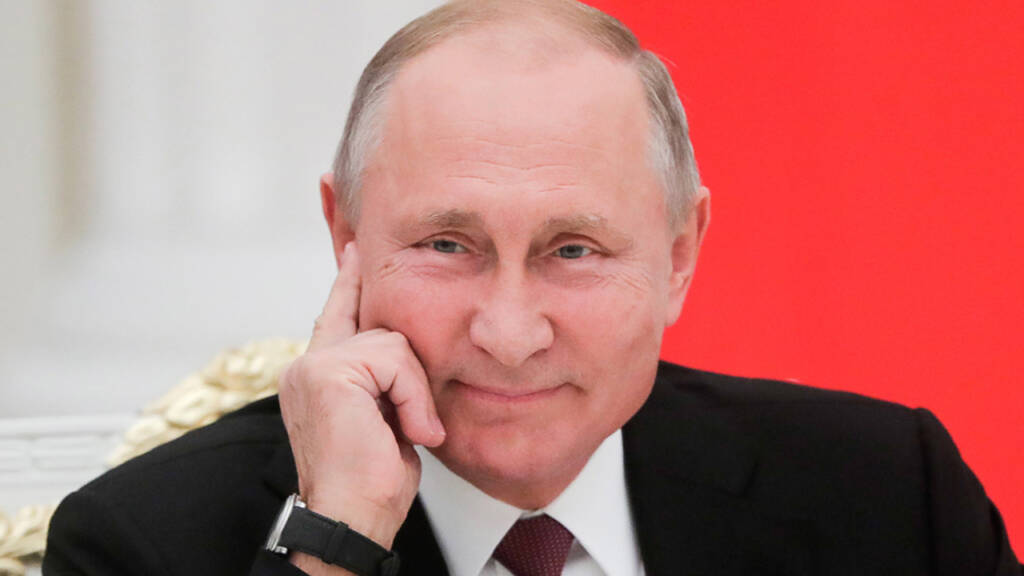On April 4, 2023, Finland officially joined NATO by depositing its accession documents to the North Atlantic Treaty at NATO Headquarters in Brussels, marking its entry as the latest member of the alliance. This followed the signing of Finland’s Accession Protocol by NATO allies on July 5, 2022, which was subsequently ratified by the parliaments of all 30 member countries, culminating in Finland’s membership approval.
Russia was quick to express that Finland joining NATO represented a perilous historical error, potentially destabilizing the broader region’s security and escalating the likelihood of conflict. Moscow had warned that it will implement “counter-measures” as a reaction to Finland’s integration into NATO. These measures were tailored based on the nature of military deployments and infrastructure established in Finland. Sharing a 1,300-km (800-mile) border with Finland, Russia had plans to enhance its military forces in the western and northwestern regions. Defence Minister Sergei Shoigu conveyed to the Russian military that Finland’s NATO membership could lead to a considerable escalation of conflict. Russia justified its military involvement in Ukraine by citing the prevention of Ukraine becoming a NATO base, which it viewed as a threat to its own security.
And now the threats have materialized but why does Finland bother Russia so much? The devil is in the historical details:
Finland has been neutral throughout its history because its geopolitical position, historical experiences, and political strategies mandated so. Sandwiched between Sweden and Russia, Finland became adept at the balancing act. During its autonomy under the Russian Empire from 1809 to 1917, Finland had to maneuver delicately to maintain its cultural and political identity without antagonizing the Tsar. After gaining independence, Finland focused on internal development and Nordic cooperation. During the Cold War, it avoided joining military blocs such as NATO, adopting a policy of “active neutrality.” This approach allowed Finland to foster strong ties with both Eastern and Western powers, a strategy exemplified by its membership in the European Free Trade Association alongside other neutral nations.
However, Finland’s approach to neutrality is a thing of the past. Now it is a member of NATO, and it has increased its military cooperation with the US and other NATO members. And that’s why Russia is so worked up about Finland.
Join us on Telegram: https://t.me/tfiglobal
After the NATO misstep, Finland signed ‘The Finland-US Defense Cooperation Agreement (DCA)’, that allows U.S. to have access to Finnish bases, create joint training opportunities, and the option of prepositioning of equipment. By prepositioning equipment and supplies in Finland, the U.S. wants to bolster Finland’s deterrence capabilities.
So how have the threats materialized?
As Joe Biden watches from a safe distance, Ulyanov, a Russian official, underscored Finland’s vulnerability due to its geographical proximity to Russia, potentially making it a primary target in any conflict escalation. These statements have been reported by various news sources, including the RIA news agency.
He described Russian military manoeuvres near the Finnish border. The activities, including fighter jet exercises and troop movements, have heightened anxieties in the region.
A notable development in this escalating situation is Russia’s deployment of new howitzers to the Northern Military District. This move, also reported by the RIA news agency, indicates a potential shift in Russia’s military focus towards Finland and the Baltic Sea region.
Finland’s contribution to NATO includes a substantial force of 280,000 soldiers, along with significant equipment: 650 tanks, 700 howitzers and cannons, 700 mortars, and approximately 100 heavy and light rocket launchers. In contrast, NATO’s support for Finland is largely symbolic, encompassing expressions of goodwill and cautious optimism, rather than any concrete commitments or tangible assistance. Even after Russia’s deployment of howitzers along the border, the United States has been notably reserved in its response, uttering only a few cautious statements. Similarly, NATO’s reaction has been exceptionally subdued, maintaining a silence reminiscent of a quiet observer rather than an active participant. This muted response from major international players raises concerns about Finland’s security prospects. Given the current geopolitical climate and the precedent set by the situation in Ukraine, there is a growing apprehension that Finland could face a similar fate. Should such a scenario unfold, the blame must solely be attributed to Finnish President Sauli Niinistö, as he led his country to this precarious international landscape.
Speaking of Ukraine, in the Crimea and Black Sea Region, recent developments have highlighted ongoing tensions, particularly with the Russian Defence Ministry’s interception of a Ukrainian drone over Crimea. But that’s a story for another day!
Watch More:
